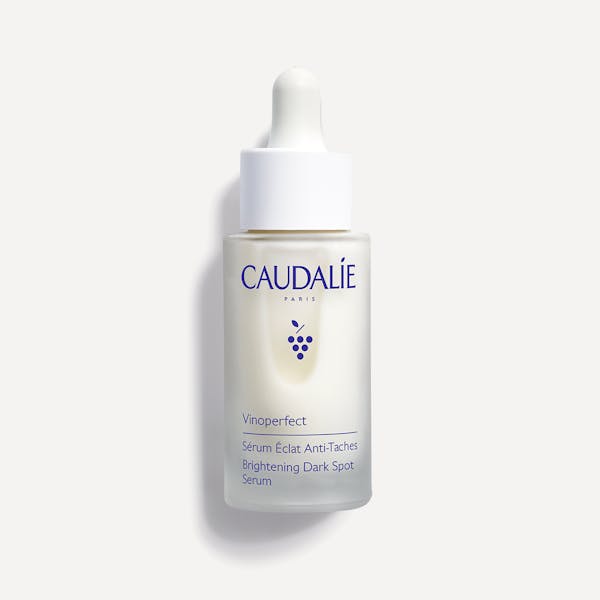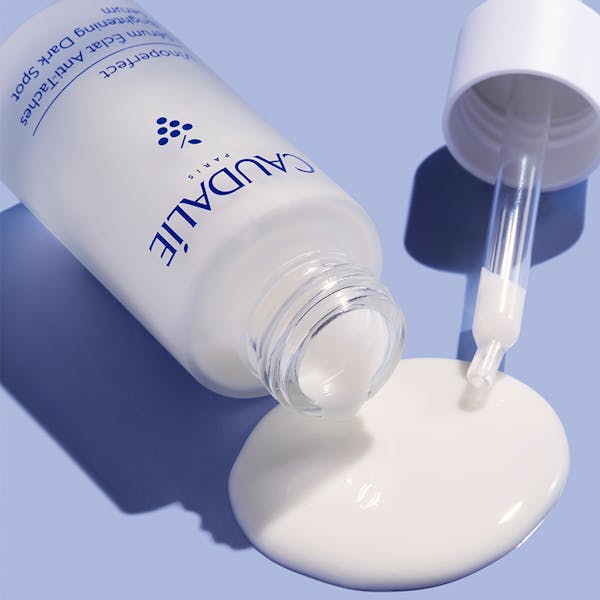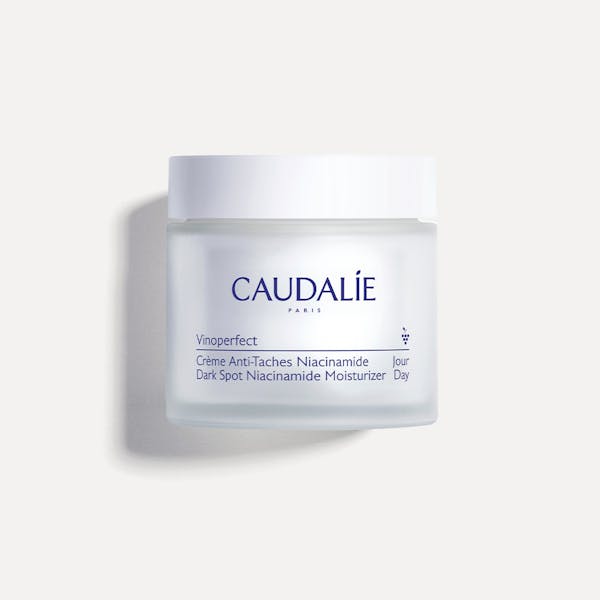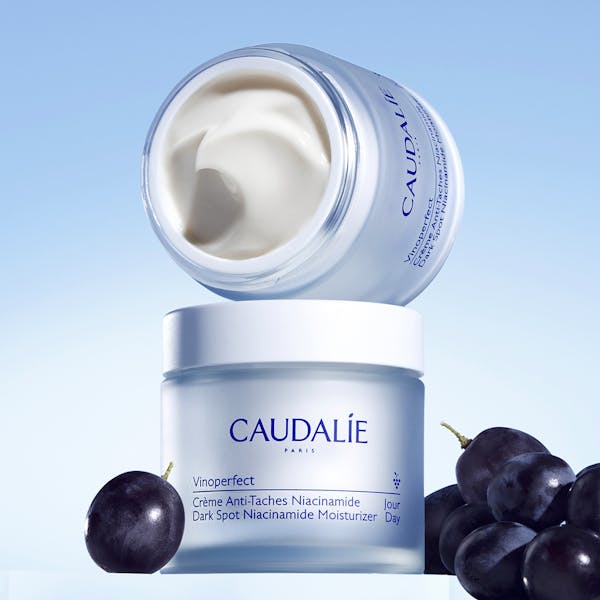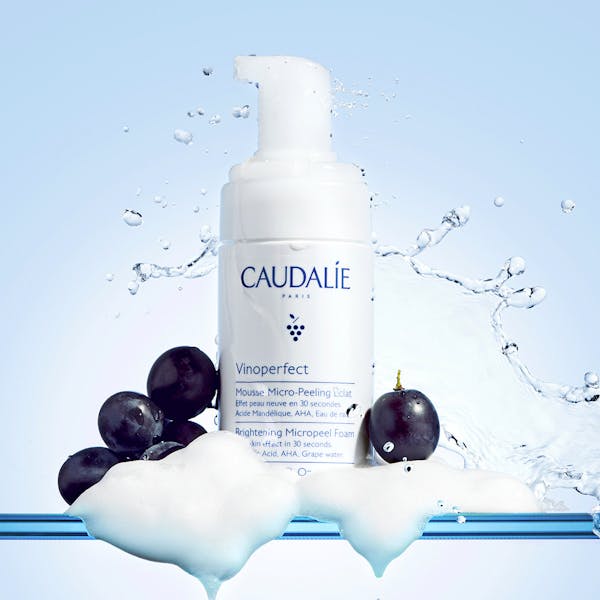Did you know that hyperpigmentation and melasma are different conditions, though with only a slight difference? Yes, these two conditions have caused a lot of confusion among many people, but worry not; you will learn about both here. As a bonus, you will also learn about some ways you can treat the conditions. You will also get a direct recommendation of where, when, and how you can use various skin care collection brands and sites such as Caudalie.
Summary
Hyperpigmentation: definition
Hyperpigmentation is a type of an inflammation that occurs when a part of the skin appears to have a darker tone than other parts. Some of the common causes of this condition include acne, bruises, rashes, or trauma to the skin. Sunlight exposure triggers the production of melanin, which causes this condition (hyperpigmentation). Skin injuries are a trigger to hyperpigmentation by damaged skin cells. It causes the production of excess melanin.
Types of Hyperpigmentation
There are various types of hyperpigmentation which include sun spots and post-inflammatory hyperpigmentation. Sunspots refer to darkened patches on the skin. They appear on parts of the body, such as the arms, the neck, and the face, due to extended exposure to the sun. Post-inflammatory hyperpigmentation is another type that occurs due to the overproduction of melanin on the skin. This will typically occur after an inflammatory triggers like melanocyte hypotrophy and ativity.
Risk Factors
Some common factors that lead to hyperpigmentation include inflammation, genetics, skin type, and sun exposure. A question that has always been asked by many people is whether hyperpigmentation can be genetically inherited? The answer is Yes! Genetics can contribute to you getting hyperpigmentation. Higher melanin levels translate to a darker tone. This, therefore, means that the darker your skin is, the easier it gets for you to get this condition. Lifestyle is also a massive contributor. This include not using face sunscreen, stress and tobacco among others. We recommend including one in your routine after your face serum and face cream.
Melasma: definition
Melasma is a common pigmentation disorder that causes discolored patches to appear on the skin, and in most cases the face. While both hyperpigmentation and melasma have a common characteristic of skin darkening, melasma is more specific. It is a condition that is characterized by dark brown patches. One of the most common and unique characteristics of melasma is symmetrical patches that mirror each other on both sides of the face. They mainly occur on the nose and forehead.
Triggers of melasma
There are various triggers of melasma, and all of them have one common denominator: hormones. Some of these triggers include pregnancy, birth control, and hormonal fluctuations. During pregnancy, there are a lot of hormonal changes, such as increase in estrogen and progesterone, which leads to the production of pigment-producing cells. This results in excess production of melanin and this leads to a type of melasma known as chloasma or (melasma of the face). Birth control pills is another trigger of melasma. These contraceptives contain synthetic hormones which is enough to mimic the hormonal changes occurring during pregnancy, leading to melasma. Sun exposure also causes the production of melanocytes, which, in excess, leads to this condition.
What is the difference between hyperpigmentation and melasma?
Hyperpigmentation is a condition that causes the skin to acquire a darker tone and results from excess production of melanin. Further, melasma is a type of hyperpigmentation that is specifically characterized by brown patches on the skin. Hyperpigmentation can occur in any part of the body part and is not specific. Melasma, on the other hand, occurs predominantly on the face. Hyperpigmentation on an individual's skin occurs in various forms, such as inflammatory hyperpigmentation, freckles, sun spots, and age spots. Some factors that cause it include cuts, wounds, and certain skin conditions. Melasma, too, is mainly caused by hormonal imbalances in an individual's body that accelerate pigment-producing cells to produce melanin. This leads to increased melanin on a particular part on the skin. This leads to that part being darker than other parts.
Treatment and Prevention of hyperpigmentation and melasma
Treatment Options for Hyperpigmentation
There are various ways through which hyperpigmentation can be treated. Some topical treatment methods include vitamin C, which is an acid. Vitamin C can help make the skin look bright, thus reducing dark spots. Hydroquinone is also another topical agent that helps in the treatment of this condition by inhibiting the production of melanin. Retinoids, which are derived from vitamin A, can also be used to promote skin cell turn, which helps fade dark spots. One can also use chemical peels and laser therapy. Another helpful method is Micro-needling, which involves using many needles to boost collagen production by causing injuries to the skin.
Managing Melasma
Melasma is chronic and recurrent in nature. This means that it will always occur repeatedly, even after treatment. This is caused by the hormonal imbalance and fluctuations in the human body. As highlighted, hormonal changes have proven challenging when treating melasma. This is due to pregnancies or frequent use of contraceptives, which play a significant role in promoting hormonal fluctuations. Topical agents such as kojic acid and licorice extract inhibit the production of melanin to help treat melasma. Laser therapy can also be used in treatment as it promotes collagen production. Adopting a healthier lifestyle is another effective way of managing melasma, which can be implemented using sunscreen.
Vinoperfect Collection to reduce hyperpigmentation and melasma
Hyperpigmentation and melasma conditions have been a pain to some people. Still, fortunately, Caudalie has found a way of solving this problem. This is through the vinoperfect collection. It is important to note that no entity contains vitamin C as an ingredient for treating these two conditions. Instead, the vinoperfect collection includes a patented ingredient known as viniferin. This component is highly effective and has been proven to fade some of the dark spots. This product has also been proven 62 times more effective than vitamin C (1) and 43% more effective than Niacinamide 10%(2), all while being anti-blue light. Other benefits of the Caudalie include using clean ingredients that are effective and don't bring about impurities after use. They also ensure they have an eco-packaging design that is favorable to the environment. The products made from this collection are sulfate-free. This makes it easier for people with sensitive skin. Apart from that, the collection contains paraben-free products which is a plus to clients.
Follow the dark spot correctors routine
Embark on a revitalizing beauty routine for radiant well-being. Start with a gentle cleanse, then apply a face essence to prime and revitalize. Follow with a dark spot serum for an even complexion.
Nourish with a niacinamide moisturiser, enriched with vitamin B3, promoting supple, radiant skin. For night care, use a night dark spot cream to target blemishes and enhance regeneration.
Combat dark circles with a correct dark circles for the delicate under eye-area. Periodically, incorporate a face peel mask to exfoliate and reveal a fresh, radiant layer.
Consistency is key in this concise routine—a self-indulgent ritual celebrating your unique radiance.
Hyperpigmentation mostly occurs as darker spots on an individual. Melasma has the same effects, only that it's caused by hormonal fluctuations. The hormonal changes are occasioned by the use of contraceptives and pregnancy. Luckily, these two conditions can be treated using various means that mainly work toward inhibiting melanin production. Also skin care products from the Vinoperfect collection, have been proven to help significantly when dealing with pigmentation problems.
(1) In-vitro test of the inhibitory action of Viniferine on tyrosinase.
(2) Ex-vivo test on the amount of melanin in the epidermis.
LATEST BEAUTY NEWS
- Personal data & Cookies
- T&C
- Legal Note
- Loyalty Program
- MYCAUDALIE terms
© Caudalie Copyright
